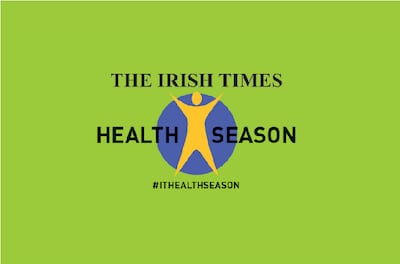
Seán is a 72-year-old patient living with atrial fibrillation (an irregular and often rapid heart rhythm – arrhythmia – that can lead to blood clots in the heart) for the past 12 years. He has had two ablation surgeries and multiple cardioversions to medically manage his condition.
Unfortunately, these surgical interventions have not been as successful as hoped. So he is now in a permanent state of atrial fibrillation. His heart medications include a blood thinner to reduce risk of stroke. He is also taking a beta blocker to manage his heart rate.
Even though he is medically stable and living his life as normal, Seán is constantly fatigued, fears further deterioration in quality of life and really wants to keep playing golf. He would also like to be around to see his 10-year-old granddaughter graduate from secondary school, but isn’t sure if that’s realistic. And to top it all off he has a very sore, arthritic knee.
Seán should most definitely be exercising . . .
One of the biggest exercise-related challenges for patients living with heart problems is fear. There is a genuine fear that exertion is unsafe and will cause serious if not catastrophic issues.

Very often when cardiology patients become breathless they will assume the activity is above and beyond the scope of their capability. Apparently simple tasks (at least ones that used to be simple) such as walking up the stairs or a gentle incline can lead to some really dejected thinking.
This fear leads to avoidance of exertion. And the patient invariably ends up settling on the idea that going for an even slower, more gentle walk is best. The longer the avoidance of activity lasts the more difficult the walk becomes.
And what once was a straightforward ramble with friends now sees Seán getting left behind – out of puff – much to his chagrin. He then has to deal with missing out on the craic with his friends on the golf course or even abandoning the Wednesday night ramble.
Is there one simple thing Séan can do?
Exercise will, of course, not cure atrial fibrillation. However, there are many types of exercise that Seán can do to reduce the impact and severity of the condition. One of the most obvious and effective options is strength training (when Seán is presented with the notion of lifting weights he is aghast).
However Seán will routinely lug a 5-6kg golf bag into the boot of his car. He is already a “weightlifter”. So, simple squats with a light, hand-held dumbbell (5-6kg x 6-8 reps) can increase leg strength for Séan. When peripheral soft tissue structures (in this case leg muscles) strengthen they put far less demand on the heart. A strong pair of legs will begin to “self-manage” exertion without asking the heart for assistance. And hence the heart is under less demand. Strength training can also significantly offset some of the challenges with that problematic knee (but more about that next week).
Advances in cardiology and medical management have saved Seán’s life. But how do you make that life worth living? There are safe, appropriate exercises that can help. Strength training can significantly improve quality of life and a lot of it starts with a simple dumbbell and squat.That graduation in eight years’ time should be far from a pipe dream.
- Andrew Dunne is a clinical exercise specialist and founder of Personal Health – Medical Exercise Clinic in Rathmines, Dublin. If you have a medical condition, your suitability for an exercise programme should be assessed by a professional prior to commencement.









